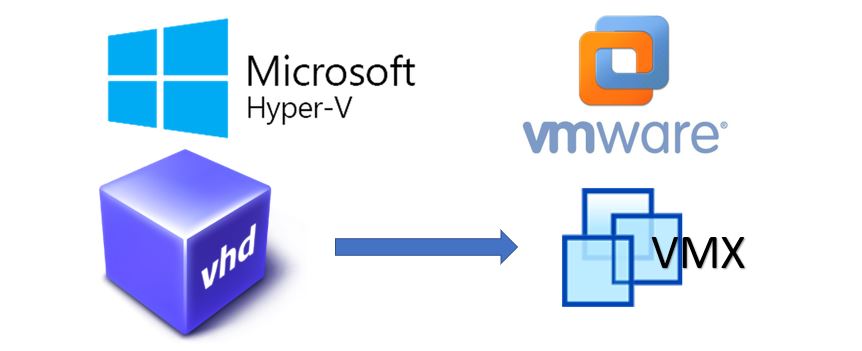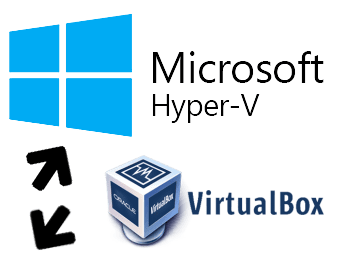
In terms of outputs, it appeared that Disk2VHD produced VHD files only StarWind seemed to produce VMDK and possibly VHD files and VMware’s vCenter Converter apparently produced VMDK and possibly other formats. That meant Disk2VHD, StarWind V2V Converter, or VMware’s vCenter Converter. It seemed the best approach would be to use a tool intended for P2V conversion. I’d had good recent experience with AOMEI as a drive imaging tool, but I dimly recalled a failed attempt to restore a drive image to a VM, and was thus inclined to agree with the doubt voiced in that Acronis discussion.

The SCVMM tool was apparently oriented toward Hyper-V, whereas I was planning to run this VM in VirtualBox. The WTG route seemed roundabout, in a setting where every additional conversion or installation step was another possible point of failure. I found some of those options relatively unappealing. Other possibilities: StarWind said that their V2V Converter now had a P2V option Iperius cited VMware’s vCenter Converter and possibly one could install Win10 in an empty VM from an ISO created through a Windows To Go (WTG) approach. Like AOMEI, Acronis and perhaps other vendors of drive imaging software offered the possibility of restoring a drive image in an empty VM (though one participant in that Acronis discussion described this approach as “far from reliable”). AOMEI preferred their own AOMEI Backupper Professional ($40), of course, but also acknowledged the alternatives of Microsoft’s Sysinternals Disk2VHD and System Center Virtual Machine Manager (SCVMM). Making the VMDK Work Properly in VirtualBoxįor the P2V operation, sources recommended several tools. Another post addresses additional issues, including activation, and there is also a post focused on measuring this VM’s performance. This post deals only with the process of producing a working VM from a physical installation. These steps reduced the size of the (uncompressed) Win10 installation from 48GB to 29GB. To keep the size of the host and VM installations small, I applied the space reduction techniques suggested in a prior post.



I was looking for the best way to achieve that conversion. The process of converting a physical installation to a virtual one was often referred to as simply P2V. For this purpose, prior explorations had inclined me to favor VirtualBox over VMware Player. I wanted to create a virtual machine (VM) from it. I had Windows 10 installed on my desktop.


 0 kommentar(er)
0 kommentar(er)
